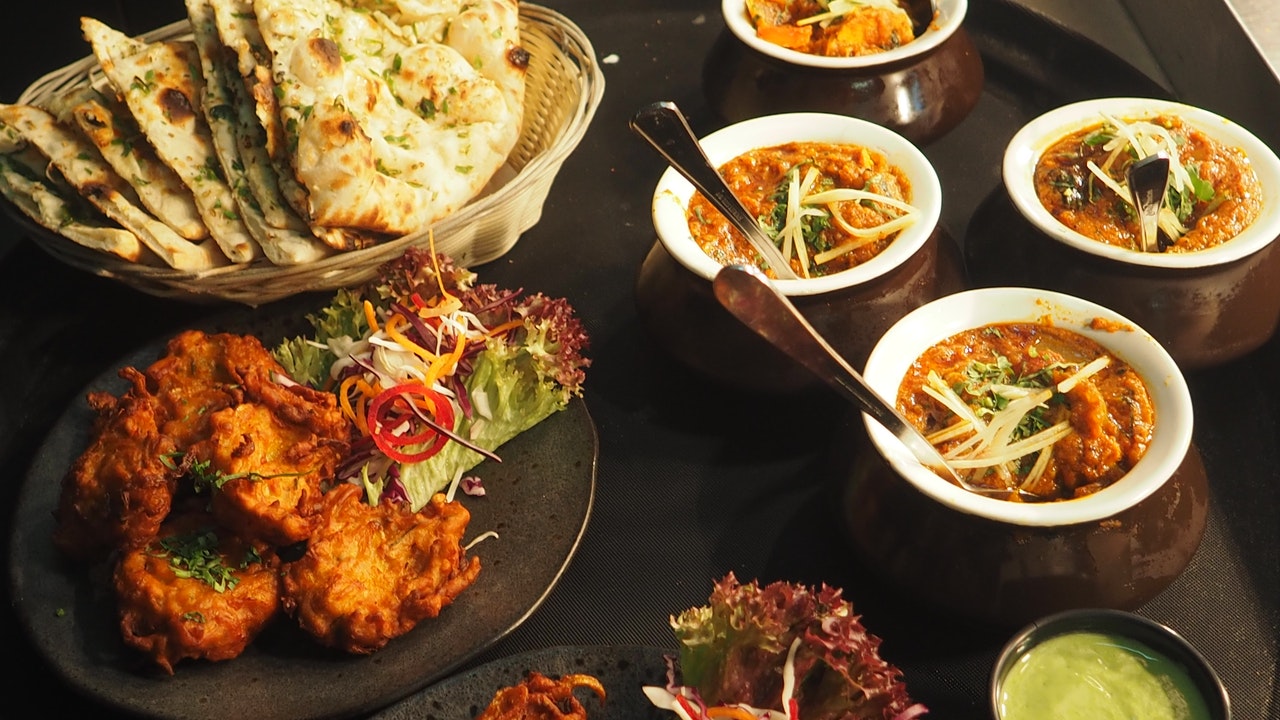
A Quick Guide to Indian Food for Your Next Meeting or Event
If you’re not familiar with Indian food, looking at an Indian food catering menu can overwhelm you. But if you’re planning to get Indian food for your next event, knowing the different flavor profiles and familiarizing yourself with their spices will help you get a sense of which dishes are right for your event and how you can choose the right dishes. Luckily, you are in the right places as this is a quick guide to ordering from an Indian food catering menu for your next meeting or event:
Understanding Indian Food Menu
To begin your study of the Indian menu, you should understand the Indian culinary vocabulary. Here are some key phrases to help you navigate the Indian food menu better:
Masala
Masala refers to a dish that is prepared with a combination of spices. In Indian cooking, the common spice combination includes cardamom, garlic, cloves, cinnamon, black pepper, star anise, and coriander. A masala, therefore, can be made by mixing these ingredients together or as a mixture of the spices and the specific types of food that the chef is looking to prepare.
Saag
Saag is a dish from Indian cuisine made with leafy greens and other green vegetables. The saag is typically overcooked, as a result of this, the dish becomes soft. Sauces are also made to go with it. Saag masala refers to a blend of spices used to make the dish. They include ginger, garlic, onion, and fennel seeds.
Dum
Dum refers to a cooking process where food is cooked in a sealed container that is traditionally made of clay. This process involves placing the food in this container, sealing it, and then piping hot oil on the top of the sealed container. The food is cooked by steaming.
Tandoori
A tandoori dish is cooked in a tandoor oven. In this process, the food is marinated in a yogurt or vinegar mixture and then cooked over an open fire.
Curry
Curry is usually a stew served in a thick sauce with a lot of ingredients. Curry can be made from many different ingredients.
Paneer
Literally meaning “white cheese,” paneer is a cheese that is grilled and then cooked in a sauce.
Tikka
A tikka is a savory dish served with a sauce. It is usually made with a protein, such as chicken or lamb. The tikka is usually generously seasoned with spices such as cumin, coriander, paprika, cloves, and cinnamon.
Biryani
Biryani is a mixed rice dish made with basmati rice mixed with meat or vegetables and cooked with spices. The name for this dish is derived from the Persian word “birian”, which means “fried before cooking.” Biryani is often served with yogurt or gravy, depending on the recipe.
Side and Drinks
In addition to the main dishes, you may also want to consider getting Indian appetizers and side dishes. Side dishes include things like paratha, naan, tandoori roti, and paneer tikka.
Drinks you may want to consider include tea and lassi.
Dish Portions
Indian cuisine is generally served in a large portion to accommodate the many flavors and ingredients that go into it. You may be served with a large bowl filled with rice, meat, and a number of spices. When this happens, you will have to adapt your portion sizes accordingly. For example, if you serve rice at a buffet, you will have to give your guests smaller bowls.
Conclusion
When ordering Indian food for your next event, please keep in mind that traditionally, Indian food is served in larger portions than American food. This is especially true when it comes to rice, which is the main ingredient in Indian cuisine. You will have to adapt your portion sizes accordingly.
Veerji is an established Punjabi restaurant in British Columbia known for delivering authentic Indian food with love. Contact us today for all your catering needs for your meeting or event!




